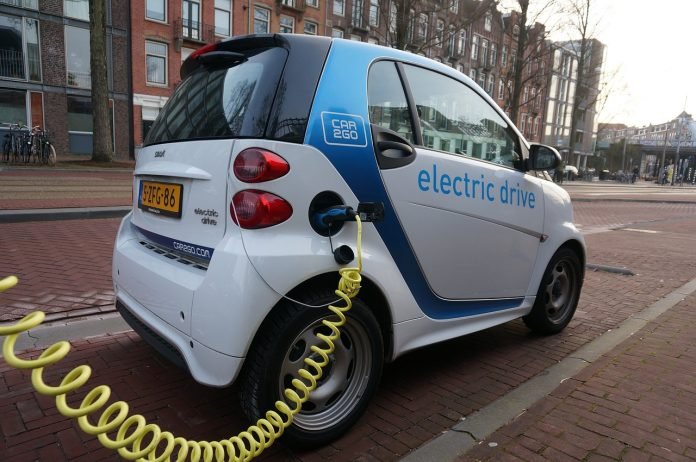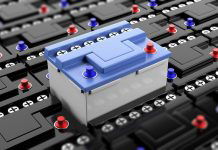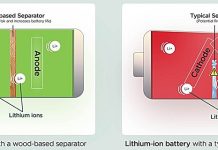
In a new study, researchers have developed a new method to recycle and renew cathodes from lithium-ion batteries.
The new method improves the recycling process, which becomes safer and more energy efficient.
The research was done by a group from the University of California San Diego.
The electric vehicle markets grow fast, and the manufacturing capacity of lithium-ion batteries may reach hundreds of gigawatt hours per year in the next five years.
However, so far how to make the best use of end-of-life lithium-ion batteries after 5 to 10 years of operation has been a challenge.
Previously, the team had developed a direct recycling method to recycle and regenerate degraded cathodes.
However, that process involves pressurizing a hot lithium salt solution of cathode particles to around 10 atmospheres. It raises costs and requires extra safety precautions and special equipment.
In the current study, the team developed a milder process to do the same job at ambient pressure (1 atmosphere).
They used eutectic lithium salts, which is a mixture of two or more salts that melts at temperatures much lower than either of its components.
The new salts produce a solvent-free liquid that helps dissolve degraded cathode materials and restore lithium ions without adding any extra pressure.
The researchers showed that the new recycling method includes collecting cathode particles from spent lithium ion batteries and then mixes them with a eutectic lithium salt solution.
Using the new method, the team made new cathodes from the regenerated particles and then tested them in batteries built in the lab.
The renewed cathodes had the same capacity and cycle performance as the originals.
Now the team is improving this process so that it can be used to recycle any type of cathode materials used in lithium-ion and sodium-ion batteries.
They hope to make this a universal recycling process for all cathode materials.
The leader of the study is Zheng Chen, a professor of nanoengineering who is affiliated with the Sustainable Power and Energy Center at UC San Diego.
The study is published in Advanced Energy Materials.
Copyright © 2019 Knowridge Science Report. All rights reserved.



